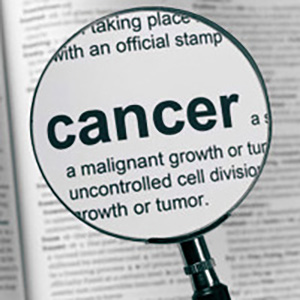Parastomal hernia after radical cystectomy. Incidence, natural history and predictive factors – A single center study

All claims expressed in this article are solely those of the authors and do not necessarily represent those of their affiliated organizations, or those of the publisher, the editors and the reviewers. Any product that may be evaluated in this article or claim that may be made by its manufacturer is not guaranteed or endorsed by the publisher.
Authors
Purpose: Parastomal hernia (PH) is one of the most frequent complications after stoma creation. Our objective was to analyze the incidence, evolution and predictive factors of PH in Bricker-type urinary diversion. Patients and methods: Case series analysis of 125 patients submitted to radical cystectomy and ileal conduit diversion for cancer in a single center during 2006-2021. Patient’s record and imaging tests were reviewed to identify those suffering PH. Moreno-Matías classification was used to define radiological PH (rPH). Demographic and preoperative characteristics of the patients, surgical details and postoperative complications were recorded. Univariate and multivariate analyses were conducted to determine the effect of each predictive variable on the development and progression of PH. Results: 21.6% of patients developed PH (median follow-up 37 months). Incidence increased with follow-up time (15.2% at 1 year, 20.8% at 2 years). BMI ≥ 25 (Expβ 8.31, 95% CI 1.06- 65.18, p = 0.04), previous midline laparotomy (Expβ 6.74, 95% CI 1.14-39.66, p = 0.04) and wound infection (Expβ 3.87, 95% CI 1.21-12.33, p = 0.02) were significantly associated with PH. Half of the patients with hernia had symptoms, 25.9% requiring surgical correction. 46% of type 1 hernias and 40% of type 2 hernias progressed to grade 3 with a median of 11 months. No variable was associated with radiological progression. Conclusions: This study proved 3 independent factors (overweight, laparotomy and wound infection) that increase the risk of developing PH.
How to Cite

This work is licensed under a Creative Commons Attribution-NonCommercial 4.0 International License.
PAGEPress has chosen to apply the Creative Commons Attribution NonCommercial 4.0 International License (CC BY-NC 4.0) to all manuscripts to be published.

 https://doi.org/10.4081/aiua.2023.12108
https://doi.org/10.4081/aiua.2023.12108



